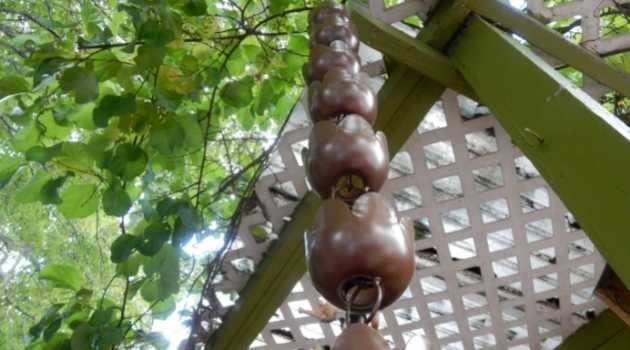Are you trying to find out how to make a more self-sufficient and sustainable home? The two concepts–becoming more self-reliant while also doing your part for a clean environment–are actually closely linked to each other.
A sustainable home can meet the needs of its occupants without compromising the natural environment. A sustainable home should be environmentally responsible and economically affordable. Here are several tips to consider when building a sustainable home.
1 – Use energy-efficient materials and appliances.
Using energy-efficient materials and appliances is an important part of building a sustainable home. Energy-efficient appliances use less energy, which reduces your carbon footprint and saves you money on your utility bills. Energy-efficient materials also conserve energy, which helps keep your home cooler in the summer and warmer in the winter.
Even though energy-efficient appliances require a considerable investment, it allows you to reduce your energy expenses. For instance, you should look for an inverter air conditioner for sale since it offers better energy savings compared to other types of air conditioners in the market.
There are many benefits to using energy-efficient materials and appliances in your home. Energy-efficient materials are made to use less energy, which can save you money on your energy bill. Additionally, using energy-efficient appliances can help reduce your greenhouse gas emissions, which can help improve the environment.
2 – Make use of natural light and ventilation for a more sustainable home.
Another way to make your home more sustainable is by making use of natural light and ventilation. Natural light can help reduce your energy consumption, while ventilation can help improve the indoor air quality of your home.
One way to take advantage of natural light is to install skylights in your home. Skylights are a great way to let in natural light and can help reduce your energy usage. Additionally, skylights can improve your home’s aesthetics and make it feel more spacious.
Another way to take advantage of natural light is to use high-quality windows in your home. Windows that allow in a lot of natural light can help you save on energy costs.
3 – Install green roofs or gardens
Green roofs or gardens can help keep your home cooler in the summer and warmer in the winter. Installing green roofs or gardens can also reduce your energy bills and carbon footprint.
Additionally, green roofs are beneficial because they reflect heat and absorb UV rays. Green roofs also help reduce noise pollution and improve air quality. By installing a green roof, you can help make your home more sustainable.
4 – Install solar panels for a sustainable home energy source
Solar panels are a great way to make your home more sustainable. Solar panels can help reduce your energy consumption and carbon footprint. Additionally, solar panels can help you save money on your energy bills. By installing solar panels, you can reduce your reliance on fossil fuels and help improve the environment.
Solar panels are a great way to make your home more sustainable. Solar panels can help reduce your energy consumption and carbon footprint. Additionally, solar panels can help you save money on your energy bills. By installing solar panels, you can reduce your reliance on fossil fuels and help improve the environment.
5 – Install a rainwater harvesting system
A rainwater harvesting system can help you collect and store rainwater for use in your home. Rainwater harvesting systems are a great way to reduce your water consumption and save money on your water bill. Additionally, rainwater harvesting systems can help you reduce your carbon footprint.
A rainwater harvesting system is a great way to make your home more sustainable. Rainwater harvesting systems can help you reduce your water consumption and save money on your water bill. Additionally, rainwater harvesting systems can help you reduce your carbon footprint.

6 – Minimize the use of plastics and other synthetic materials
The use of plastics and other synthetic materials can harm the environment. Plastics and other synthetic materials are made from fossil fuels, which contribute to climate change. Additionally, the production of plastics and other synthetic materials creates air pollution and uses up valuable resources.
By minimizing the use of plastics and other synthetic materials, you can help make your home more sustainable. There are many ways to reduce your use of plastics, such as using reusable bags and containers, avoiding single-use plastics, and recycling.
7 – A sustainable home is more durable and resilient.
Making your home durable and resilient is important for both you and the environment. A durable home can withstand natural disasters and other emergencies, while a resilient home can quickly recover from such events.
By making your home durable and resilient, you can help reduce the damage caused by natural disasters and other emergencies. Additionally, you can help reduce the number of resources needed to rebuild after such events.
There are many ways to make your home durable and resilient. Some of these include using sturdy materials, building with local materials, and constructing homes that are resistant to pests and mold. Additionally, you can make your home more sustainable by incorporating green infrastructures, such as solar panels and rainwater harvesting systems.
Sustainability is important for both you and the environment. By making your home more sustainable, you can reduce your energy consumption, carbon footprint, and reliance on fossil fuels. Additionally, you can help improve the environment by reducing pollution and protecting natural resources.

